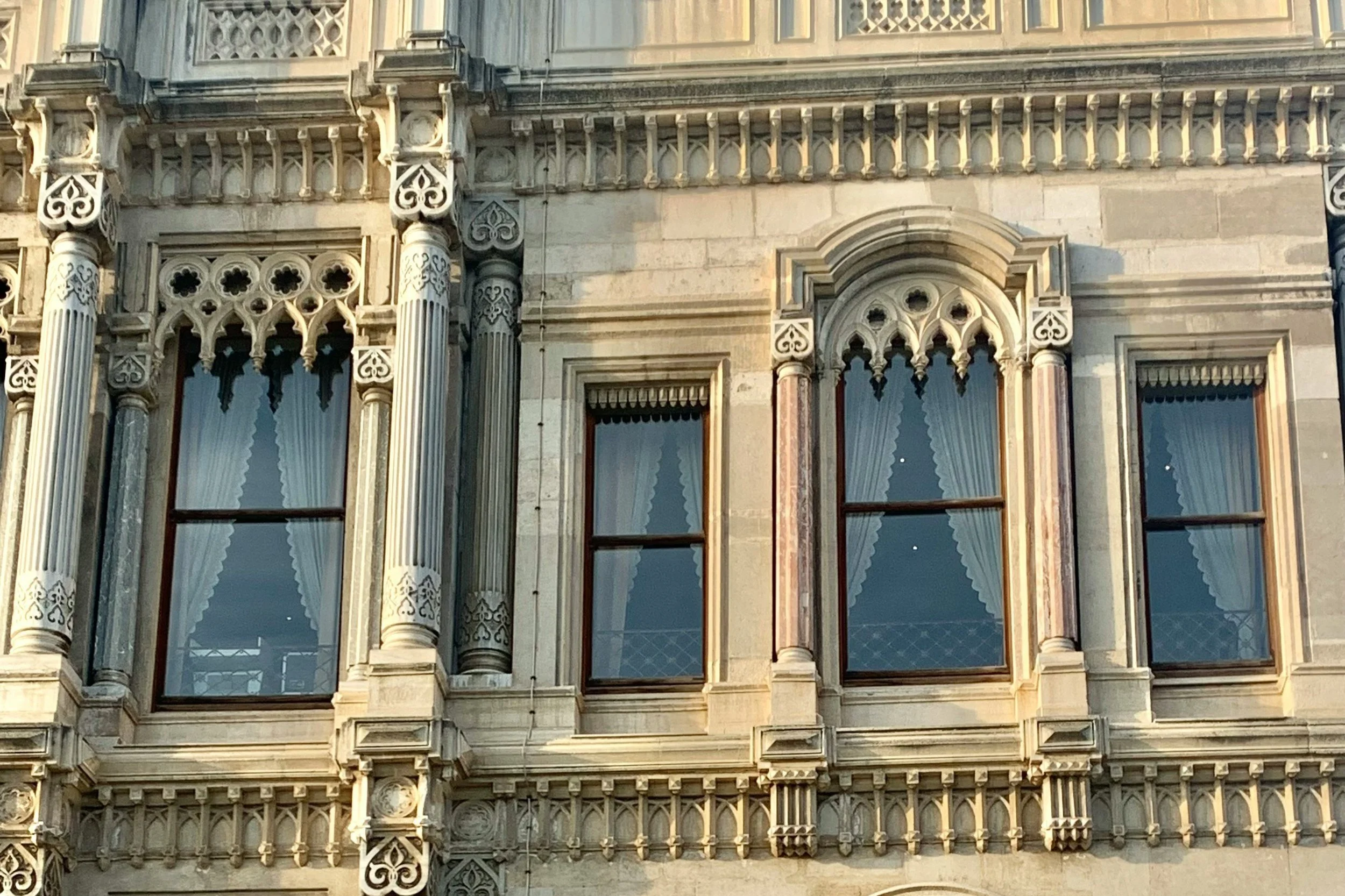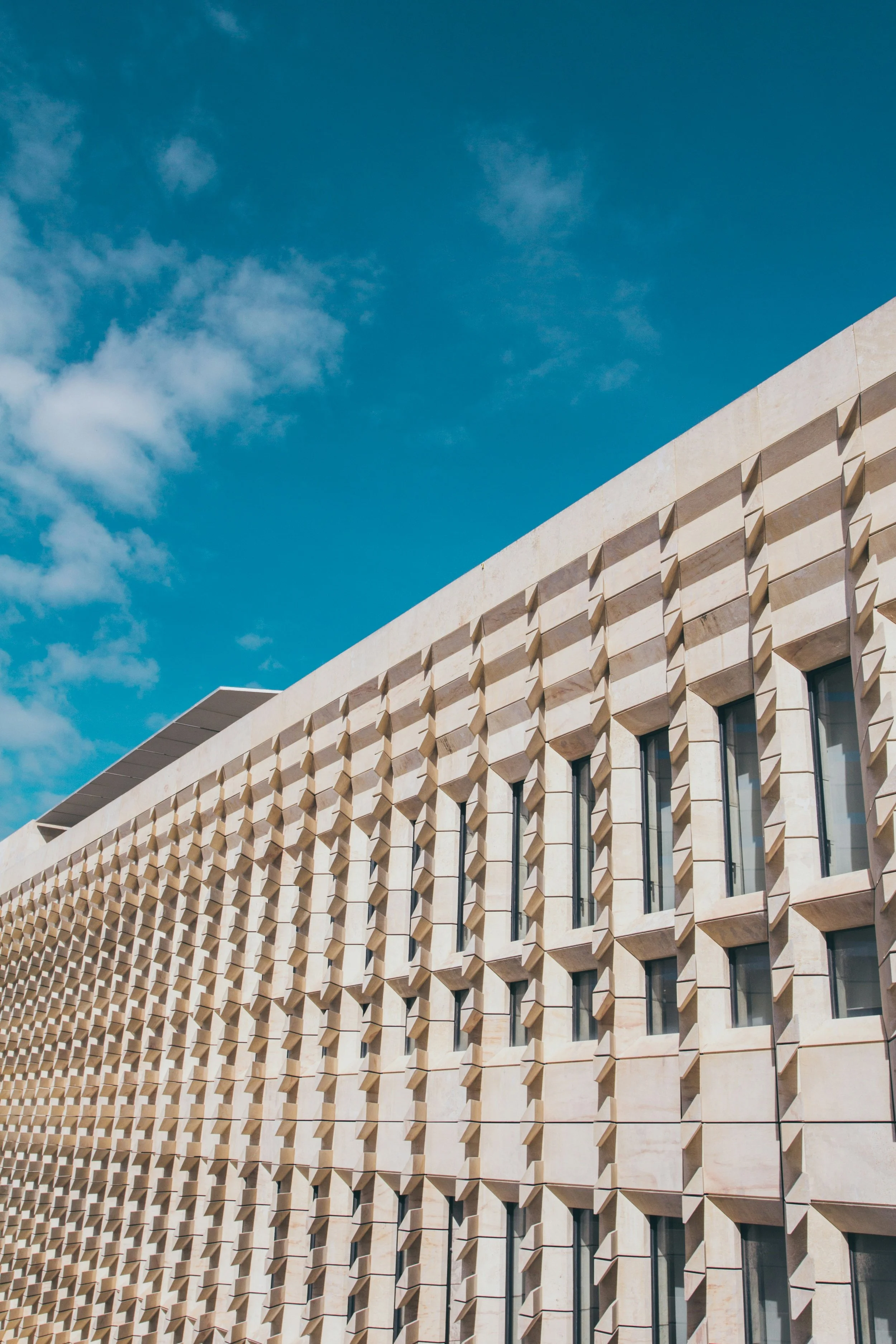Natural Stone Facades: The Superior Choice for Sustainable Architecture
Natural stone facades combine durability, elegance, and sustainability, making them a top choice for modern architecture. With exceptional weather resistance, energy efficiency, and a timeless aesthetic, they enhance both building performance and property value.
In this article, we explore the many advantages of natural stone facades, from their structural resilience and contemporary aesthetics to their environmental benefits and historical significance. Whether you’re an architect, builder, or property owner, understanding the value of natural stone can help you make informed decisions for your next construction project.
Structural Benefits
Natural stone facades offer unmatched durability, with lifespans exceeding a century when properly maintained. Natural stone meets ASTM standards for high compressive strength and extreme weather resistance, making it a reliable choice for modern construction.
Unlike synthetic alternatives, natural stone does not degrade under UV exposure or fluctuating temperatures, reducing long-term maintenance costs. Its inherent strength boosts overall structural integrity, ensuring stability and longevity with minimal intervention.
Timeless Aesthetics
A natural stone facade provides a distinctive, sophisticated look that remains timeless. Each stone slab is unique, showcasing natural color variations, intricate veining, and organic textures that artificial materials cannot replicate. This uniqueness allows architects to design visually dynamic exteriors that harmonize with their surroundings. Over time, weathering adds depth and character, enhancing beauty without compromising strength. Whether used in ultra-modern or traditional designs, natural stone offers authentic elegance that defines high-end construction.
Functional Performance
Beyond aesthetics, natural stone facades excel in performance. Their high thermal mass stabilizes indoor temperatures by reducing heat gain in summer and retaining warmth in winter, boosting energy efficiency. This natural insulation minimizes reliance on HVAC systems, lowering energy consumption and operational costs. Additionally, the stodensity of natural stone provides excellent acoustic insulation, reducing external noise and enhancing interior comfort. With inherent fire-resistant properties, natural stone meets safety standards without needing chemical treatments, offering superior protection against hazards.
Sustainability
Natural stone aligns with sustainable building practices and LEED certification standards, a globally recognized system for rating green buildings, making it a key component of eco-friendly construction.
Its extraction and processing require less energy than synthetic materials, resulting in a low environmental footprint. Unlike engineered alternatives, natural stone emits no volatile organic compounds (VOCs), ensuring better indoor air quality. Furthermore, stone is fully recyclable and reusable, supporting circular construction practices that reduce waste. Its thermal efficiency also helps lower energy consumption over a building’s life cycle.
Enhanced Property Value
A natural stone facade enhances property value by positioning buildings as premium assets. Its luxurious and enduring appeal sets structures apart in competitive real estate markets, appealing to discerning buyers and investors. Additionally, the material’s durability translates to lower maintenance costs and reduced insurance premiums due to its superior fire resistance and weather resilience. As an investment, natural stone requires fewer renovations over time, maintaining its aesthetic integrity and market desirability for decades.
Cultural Significance
Natural stone has been the foundation of iconic architecture throughout history—from ancient temples to modern landmarks. Its use conveys permanence, craftsmanship, and cultural heritage. Many regions offer geologically unique stones with historical and cultural significance. Natural stone embodies a legacy of architectural excellence that continues to shape contemporary design.
Conclusion
Natural stone facades are more than a design choice—they are a testament to durability, sustainability, and timeless beauty. In an era where the construction industry prioritizes longevity and eco-conscious practices, natural stone remains the superior material for architects seeking both aesthetic excellence and functional performance.
Ready to transform your building with natural stone facades that meet industry standards and deliver long-term value? Schedule your free consultation today and let our experts show you how these facades can revolutionize your project.
FAQs
1. Is exterior stone veneer expensive?
While initial costs may be higher than some alternatives, natural stone facades offer superior lifecycle value through durability, reduced maintenance, and enhanced property value.
2. Which stone styles are most popular for facades?
Granite and limestone remain top choices, though regional preferences and modern production techniques make a variety of stones viable.
3. Is natural stone siding the same as a stone facade?
Stone facades often involve sophisticated installation systems and engineering considerations beyond traditional siding.
4. What is the best natural stone for exterior cladding?
The optimal choice depends on climate, budget, and aesthetic preferences. Granite often provides an excellent balance for most applications. Basalt can be a viable solution, although it is a hard stone that requires more production effort.
5. What are the advantages of using natural stone cladding?
Key benefits include superior durability, minimal maintenance, excellent thermal properties, and enhanced property value.
6. Do residential and commercial buildings use the same types of facade stone?
While materials can be similar, commercial projects usually require more rigorous engineering and may favor specific stone types for their superior structural performance.





